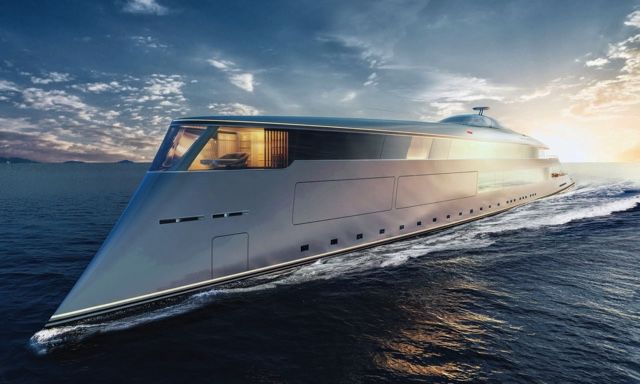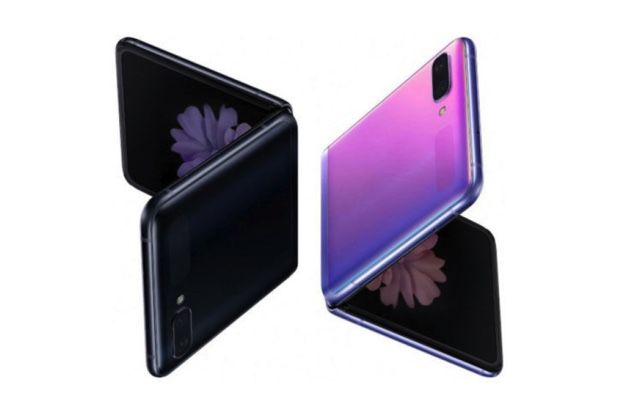The Aqua offers luxury sea travel without the usual environmental guilt.
Bill Gates is the first to buy a hydrogen-powered ‘superyacht’

Bill Gates’ investments in eco-friendly tech apparently include one of the more conspicuous symbols of his wealth. The former Microsoft chief has ordered the world’s first hydrogen fuel cell-based “superyacht.” The roughly $644-million, 370-foot boat has five decks, space for 14 guests and 31 crew members and even a gym, but it runs on two 1MW motors fuelled by supercooled hydrogen tanks.
Sinot even uses gel-based fire bowls to keep passengers warm outside instead of burning coal or wood. It won’t be a fast mover with a 17-knot top speed (19.6MPH), but its 3,750-mile range should be enough for cross-ocean travel. Aqua isn’t expected to reach the sea until 2024 — hopefully in time for our Waterworld future.
The company scooped itself two days before its event.
Samsung revealed the Galaxy Z Flip in an Oscars ad

Nope, there really isn’t much more to say until we handle one ourselves. But if you like ads, here you go.
The event is still happening, but it’s quickly losing companies.
Amazon is the latest to pull out of MWC over coronavirus worries
Amazon has withdrawn from the tech trade show over the “outbreak and continued concerns” around the virus. The company was going to the late-February event to push Amazon Web Services rather than anything consumer-facing, but it’s still a big blow when MWC has already lost multiple companies.
Genetic defects might have played a part.
‘Resurrected’ mammoth DNA helps explain why the species went extinct

Reviving the woolly mammoth is still a tall order. However, technology might be far enough along to help explain why the elephant precursor went extinct in the first place. Scientists have ‘resurrected’ genes from a population of mammoths that survived on a Siberian island until around 4,000 years ago to see what might have contributed to this relic herd dying out. They compared genetic material against both other mammoths and Asian elephants to look for problematic mutations based on known genetic behavior. There were issues with male fertility, neurological development, insulin signalling and even the ability to smell flowers. The study doesn’t, however, provide a full explanation for why woolly mammoths finally died out. Most of them (along with other species) were wiped out by a changing climate that eliminated the tundra they needed to survive.
But wait, there’s more…
The Morning After is a new daily newsletter from Engadget designed to help you fight off FOMO. Who knows what you’ll miss if you don’t Subscribe.
Craving even more? Like us on Facebook or Follow us on Twitter.
Have a suggestion on how we can improve The Morning After? Send us a note.



